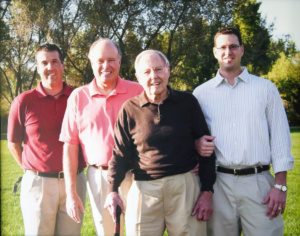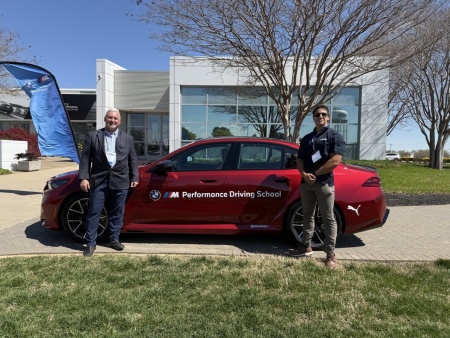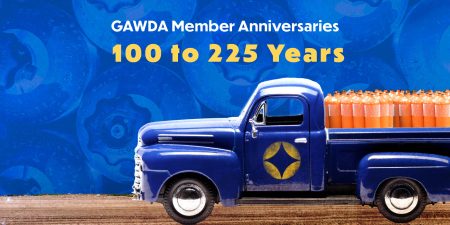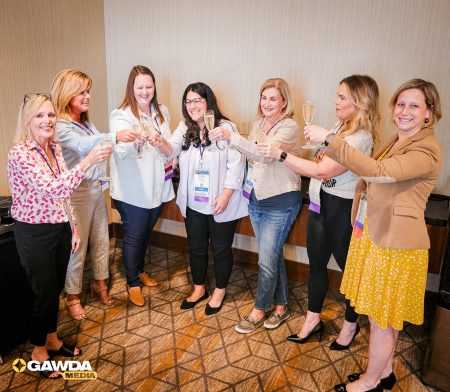
Since a modest start in 1969, this third-generation welding supply and gas distributorship has grown to become the largest independently owned welding supply company in the state of Colorado. The company became a partial ESOP in 2007, a benefit that is “part of our secret sauce for recruiting and retaining the best in our industry,” says its president.
Company Origins
Gene Armstrong began the company in a retrofitted gas station in 1969. In 1970, his son Gary joined him. Today the 200-person, 10-location firm is still managed by a third-generation Armstrong, in the form of a partial ESOP.
The Decision
Gary Armstrong had been president since the mid-1980s when he wanted to transition management to his son, Brad. Gary considered an ESOP as a means to do three things, son Brad says: reward employees that had been with him for a long time, encourage employees to stay with the company during a second- to third-generation leadership transfer and give the company a recruiting tool for the future to attract and retain employees. Gary Armstrong saw the ESOP mechanism as an appealing way to transfer a portion of his estate for the greater good of the company, his son adds. “One of my dad’s greatest gifts has always been generosity, so that strategy aligned very well with some of his long-term objectives and core values,” says Brad Armstrong.

Formulation
Brad and his two sisters own the majority of the company. A 15.5 percent valuation share is held by the employee owners.
Administration and Communication
The company has hosted an annual employee-and-spouse meeting for the last six years to report on the ESOP valuation. Done off site and usually on a weekend, the meetings draw about 130 of the company’s 200 employees. Quarterly, the company also conducts open-books discussions with employees on company financials and performance.
A team of three set up the ESOP plan: a specialized ESOP consultant and an ESOP attorney, along with the company’s certified public accountant. A trustee administers the plan, and that is a person within the same group that does the company’s 401(k) plan. Taxes are paid on a quarterly basis and the money is put into a trust account, taxed only when employees cash in the value of their stock and sell it back to the trust.
Benefits and Observations
“The benefit is the company has grown tremendously, and the value of the stock has literally more than doubled,” Brad Armstrong reports. The company’s success permits a monthly profit-sharing program where 10 percent of the profit is shared with employees, as long as certain revenue goals are achieved.
Community outreach initiatives, such as helping to feed hundreds in the community at Thanksgiving, plus various fundraisers are part of the “we’re in this together” company culture. Employee tenure anniversaries are met with big celebrations and awards, including a generous, escalating time-off plan.
Advice to Others
“There are not all pros to ESOPs, there are some cons. ESOPs are expensive to administer,” Brad Armstrong cautions. “The annual valuation is very expensive, as is the third-party audit; it’s about $25,000 annually. It’s worth it, but any company should have their eyes wide open and know what they’re getting into so they’re not surprised.”
As for the ESOP being an employee retention tool, Armstrong says it’s hard to get employees, especially newer ones, to see the value when they only accrue it over the long term. “Like anything, you have to communicate repeatedly to penetrate the heart and psyche of employees, so they recognize the gift they were given and can appreciate it. It’s a complicated topic, so you have to be intentional in the dialogue.”








